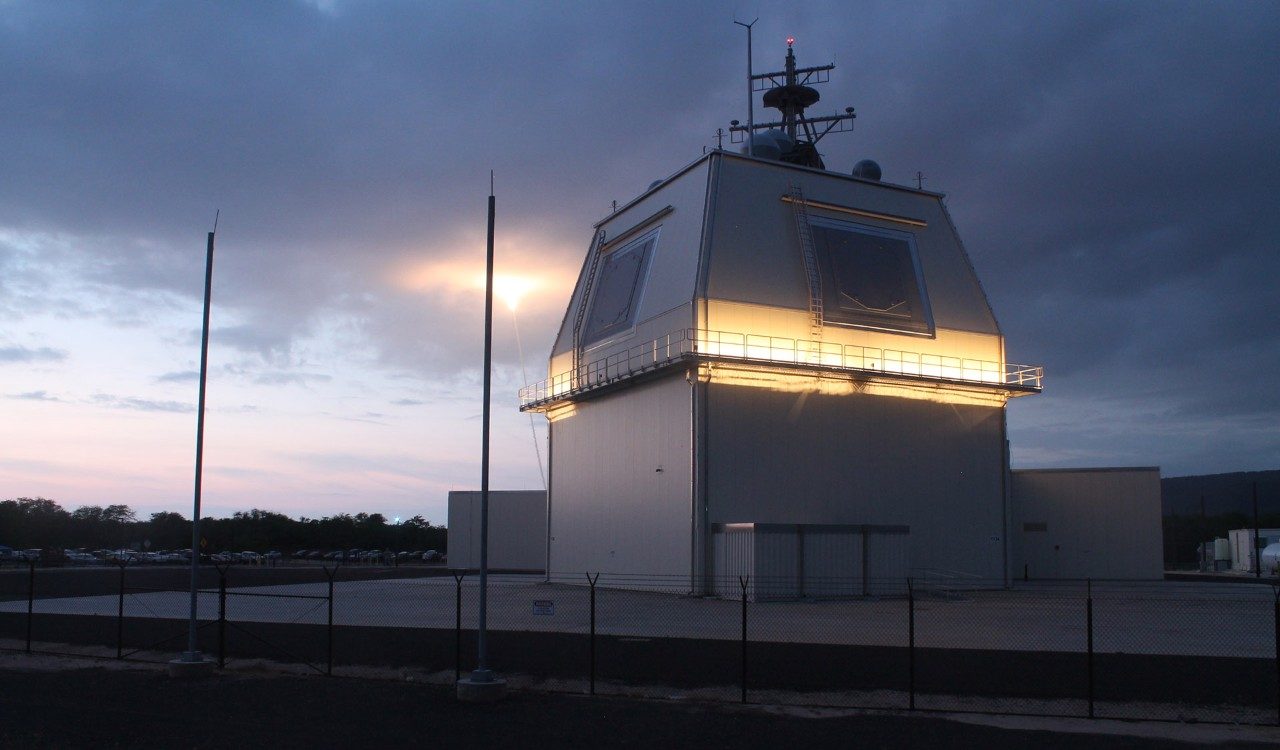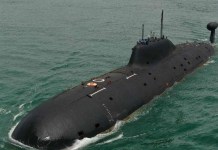Japan needs to boost its missile defense capability and will consider all available missile technologies that would enable it to better protect its people, the country’s Prime Minister Fumio Kishida said on Wednesday.
As India Opens Up Space, How ISRO Could Help Indian Air Force Become An Aerospace Superpower
“The government has so far made efforts to ensure that defense against ballistic missiles is sufficient. But we understand that we can protect the lives and peaceful existence of the people by simply increasing the ability to intercept missiles,” Kishida said during a hearing in the upper house of parliament.
He noted that recently, hypersonic missiles, nuclear weapons, missiles that can change the flight path have been developed around the world and stressed that “under these conditions, the government will consider missile defense from various points of view, including implementing additional measures.”
Fumio Kishida became the 100th Prime Minister of Japan last Monday. Since October 11, he has been answering questions from party representatives in both houses of parliament for three days. After that, the lower house of parliament will be dissolved, and new parliamentary elections will be held on October 31.

Japan’s Aegis Ashore Deal
Earlier, Japan scrapped the planned deployment of US-made Aegis Ashore missile defense system which could be explained not only by cost and timing, as officially voiced by the government, but also by a wide range of factors, including fears of protests over the systems’ deployment, as per experts.
Japan officially abandoned its plans to deploy Aegis Ashore land-based missile defense systems, which were expected to counter the threat from North Korea. Then Defense Minister Taro Kono explained that the decision was made because of the risk of rocket boosters falling on residential areas due to the inability to control their fall.
The total cost of the systems, including their operation and maintenance, was estimated to be $4 billion over a 30-year period.
“Considering the cost and time it would require, I had no choice but to judge that pursuing the plan is not logical,” Kono had said.
Initially, Japan approved plans to install two such missile defense units in late 2017. The two systems were expected to cover the entire country and enter into service before 2023. The decision had been prompted by the growing threat from North Korea, which continues to speed up the pace of its missile testing.
Designed by Lockheed Martin, the US aerospace, defense and security company, Aegis Ashore systems are intended to intercept ballistic missiles above the atmosphere. Japan currently operates a lineup of seven Aegis-equipped destroyers.
The systems, which were to be used by the Ground Self-Defense Force, had been viewed as another layer to defend against threats and reduce the workload on the Aegis destroyers operated by the Japan Maritime Self-Defense Force. They were also intended to supplement already-deployed Patriot PAC-3 batteries, which target a missile as soon it re-enters the atmosphere.

After the island nation decided to scrap the US-made Aegis Ashore defense systems, speculation in the media appeared about the possibility of alternatives. Yet, experts recalled that Japan was still constitutionally limited from acquiring preemptive strike capabilities.
Article 9 of the Japanese Constitution bans Japan from setting up a military force. The country has no medium-range or intercontinental missiles or strategic bombers.
“Alternatives to the Aegis Ashore system will be discussed in the months to come but there is no guarantee that they will not come back to the original missile defense system,” experts noted.




